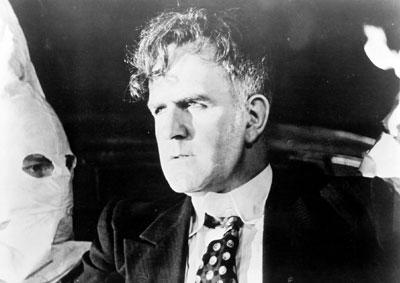Directed by Leo Hurwitz
Frontier Films, Inc. Producers: Leo Hurwitz, Paul Strand. Screenwriters: David Wolff, L. Hurwitz. Cinematographer: Strand. Editor: L. Hurwitz. With: Paul Robeson (narrator/singer), Fred Johnson, Mary George, John Rennick, Amelia Romano.
35mm, b/w, 80 min.
Paul Strand and Leo Hurwitz’s independently produced docu-drama, Native Land (1942), was politically more radical than anything Strand had ever done, yet the film also continues Strand’s exploration of man and nature. Its troubled production history (1937-1941), due to a chronic lack of funds, was further compounded when The Hitler-Stalin Pact, then World War II negatively impacted the film’s reach and effectiveness. Initially based on the United States Senate’s LaFollette Committee on Civil Rights Hearings on labor union busting and corporate labor spying, the script by Ben Maddow and the directors became a paean to the growth of the American labor movement. Constructed out of documentary and newsreel sequences as well as fictional footage using professional actors to reenact events, the film opened commercially in May 1942 and quickly disappeared, its message of class struggle no longer in tune with the national unity politics of the home front in World War II.
The film opens with a series of images of waves crashing against the rocky cliffs of a primordial land. In the following shots Strand cuts from the sea to the forest to majestic mountains, to rivers. With Paul Robeson’s strong voice booming on the soundtrack, the film develops a surprisingly patriotic narrative of man struggling for freedom, given it’s leftist ideology. Yet the development of cities and civilization alienates man ever further from nature. Powerful political and economic interests exploit the land and its people, as demonstrated in powerful sequences of racism, intolerance, and corporate thuggery. Certainly an ideological hybrid in its time, the film’s striking black and white cinematography is supported by fluid editing that mark the filmmakers as students of Eisenstein and Pudovkin.
—Jan-Christopher Horak
Restored from the original 35mm nitrate picture negative, a 35mm safety duplicate negative and a 35mm safety up-and-down track negative. Laboratory services by The Stanford Theatre Film Laboratory, NT Picture and Sound, and Audio Mechanics.






 Mobile Navigation
Mobile Navigation

